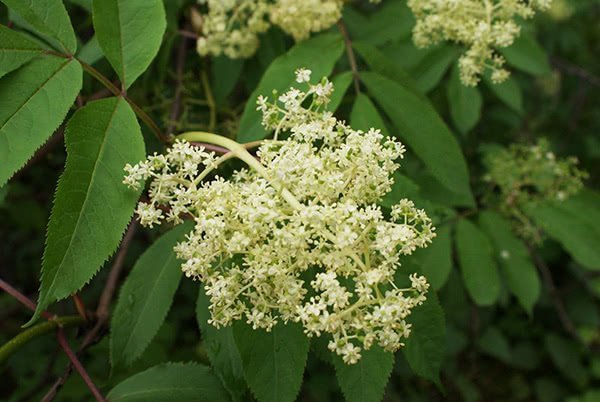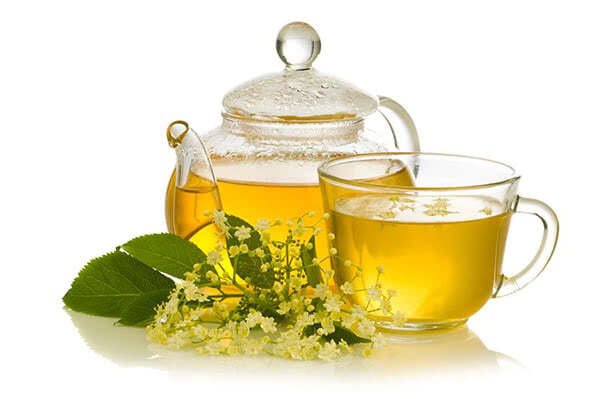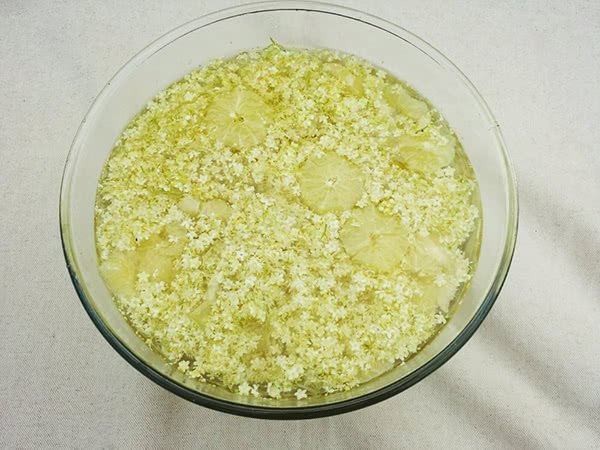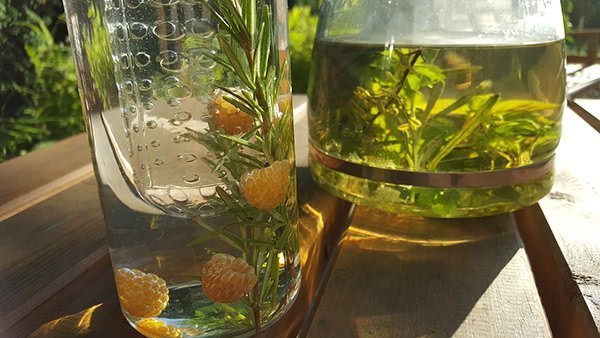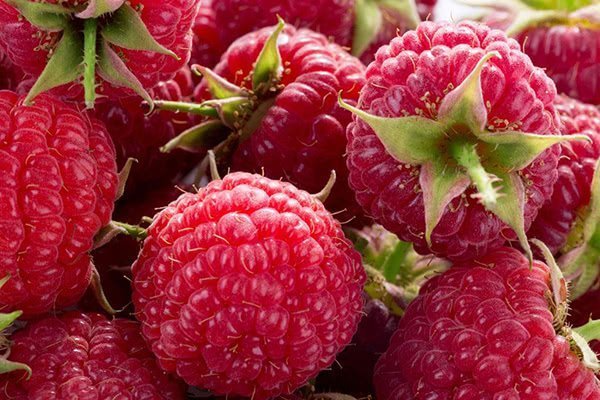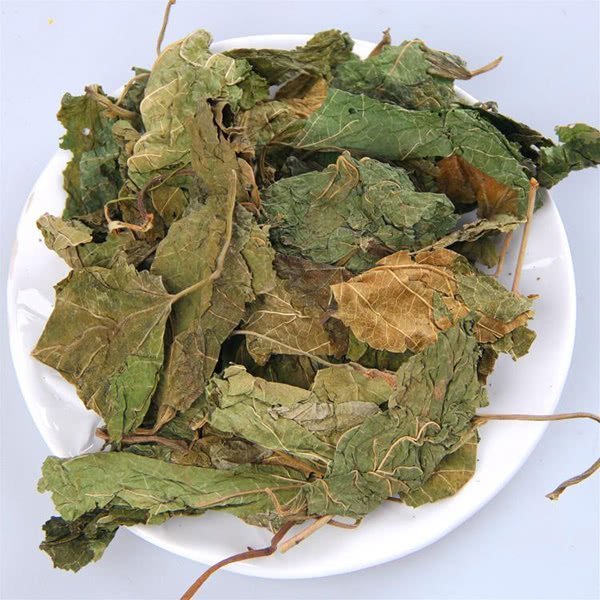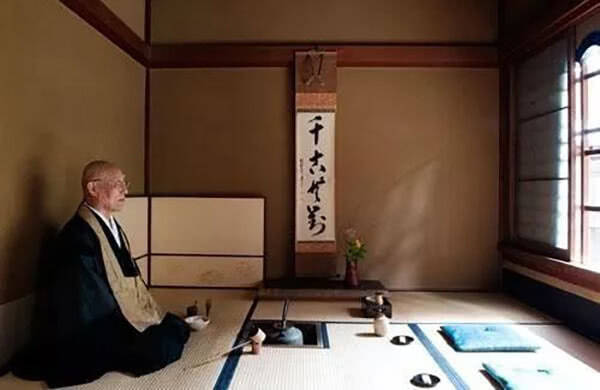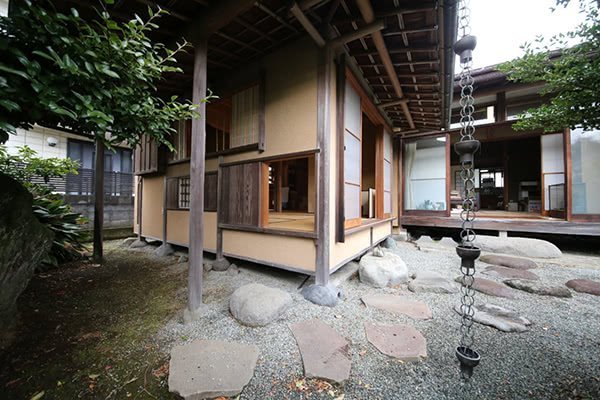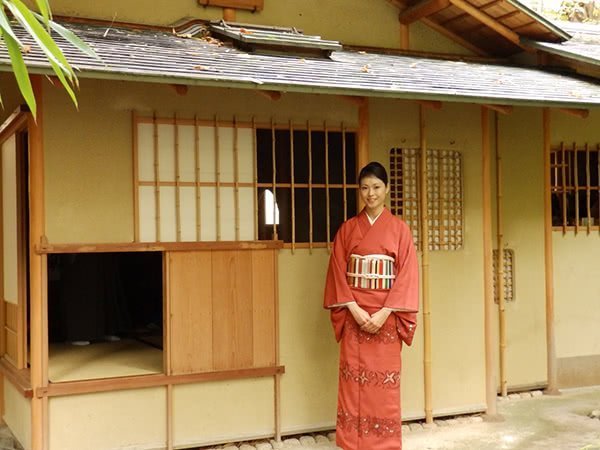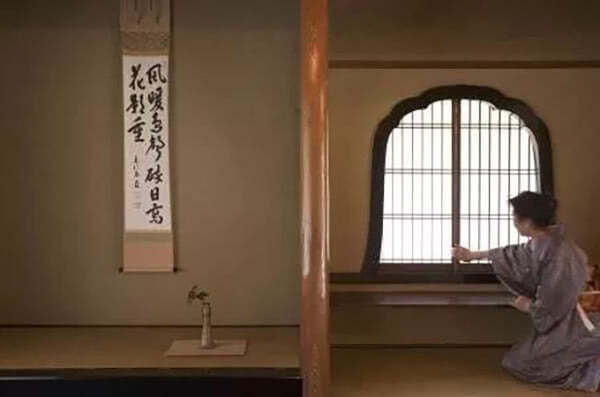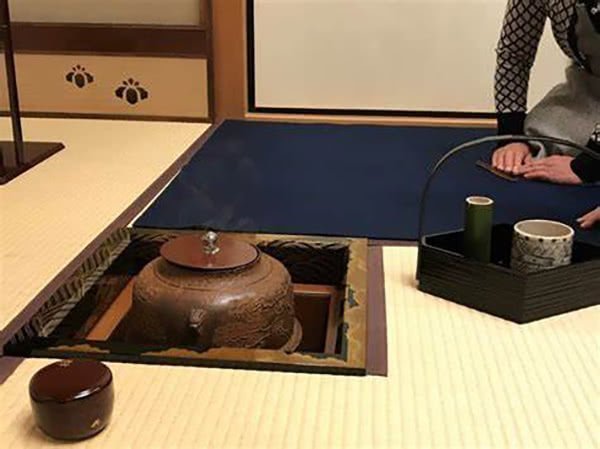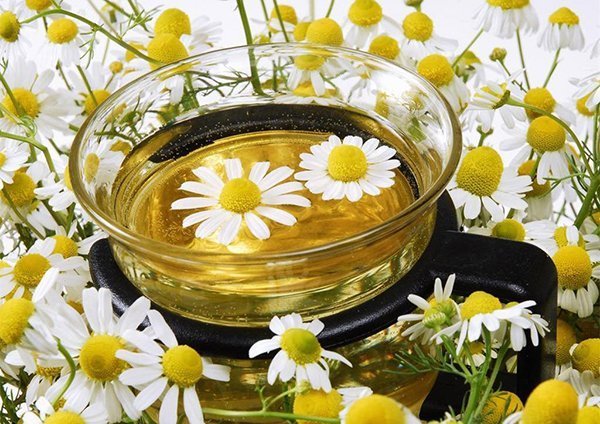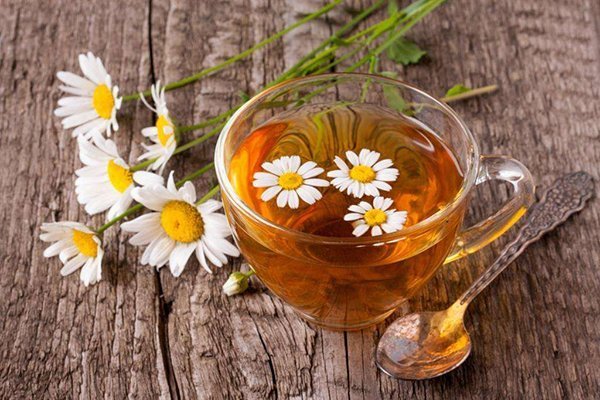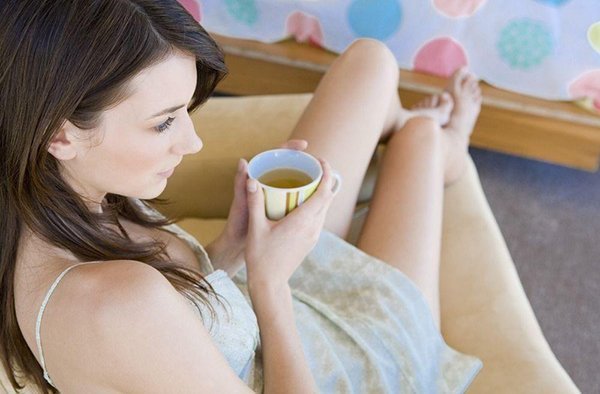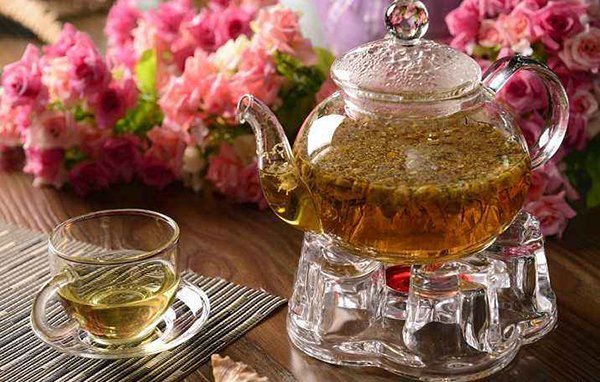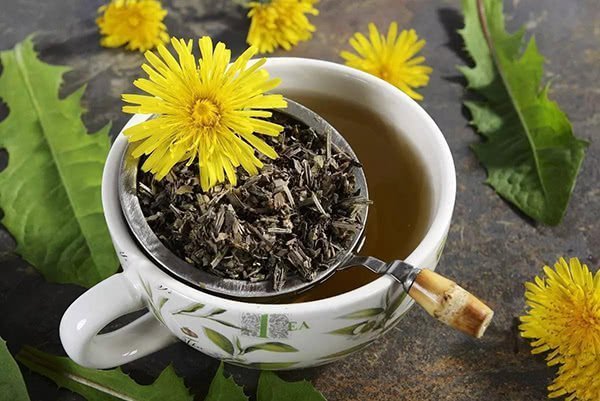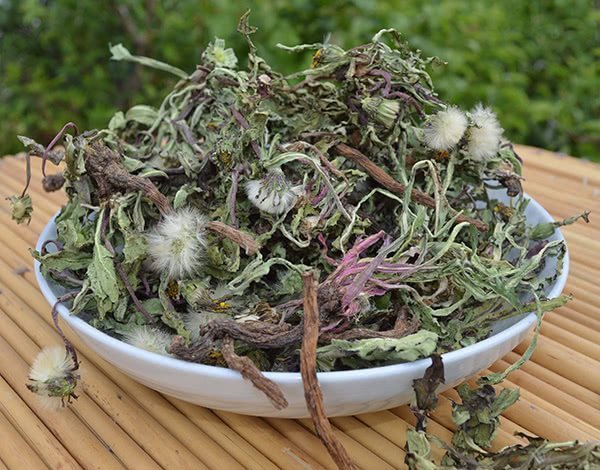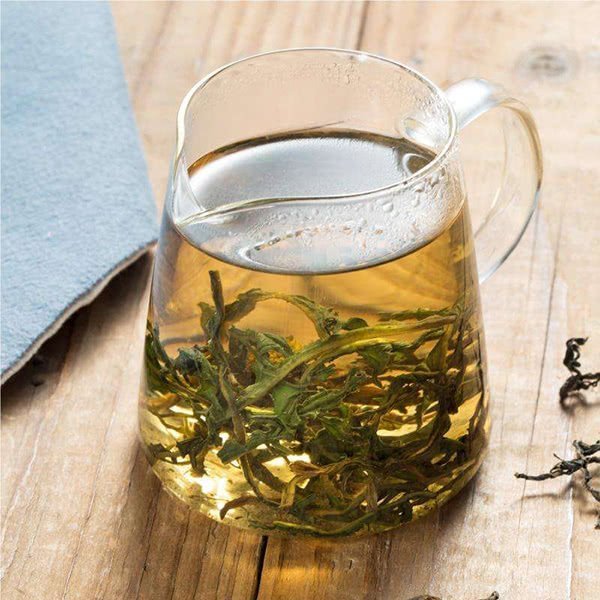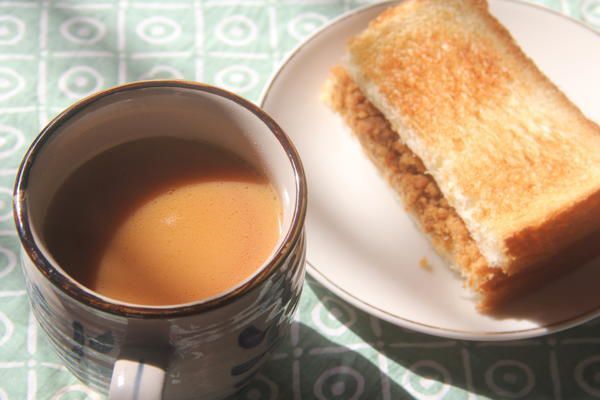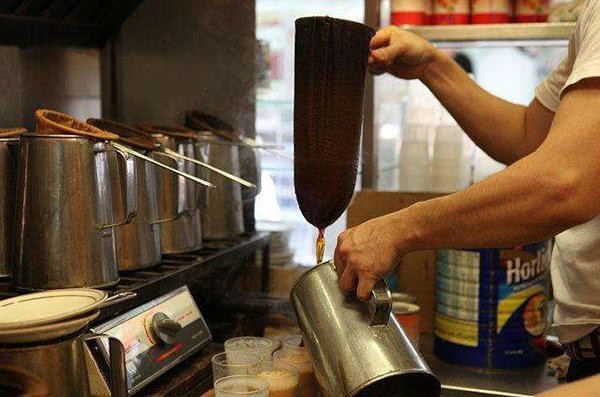We may be troubled
by weeds in the garden that affect the overall beauty of the garden.
But just like the
elderflower, dandelion is also a kind of great weed that can be used to make a cup of
herbal tea with lots of benefits.
Dandelion (
Taraxacum
Officinale). In some folk remedies, dandelion tea was used to treat and
prevent various diseases.
What Is Dandelion Tea
There are
two
types of dandelion tea commonly discussed:
- Drying
the dandelion leaves, flowers, and roots, steep in hot water, then
drink. That is also the most popular DIY way in folks to make dandelion
tea.
- Only take the dandelion root, cut in pieces, steep them after roasting. Roasted dandelion root tea
is loved on the market and is said to be a great alternative to coffee
because it has the same color, less bitter taste, and it’s caffeine-free.
No matter what kind
of dandelion tea they are, they
taste bitter, especially the root
is more bitter than the leaves and petals.
While the taste of
dandelion tea may not be for everyone, this disadvantage doesn’t stop us from
loving it when we learn about its benefits.
Dandelion Tea
Benefits
Dandelions are rich in vitamins A, C, and D, lots of K, Zn, Fe, and Mg, as well as flavonoids such as
chlorogenic acid and
caffeic acid. These nutrients are soluble in water and absorbed by the body, bringing many health benefits.
Diuretic
Dandelion has been used as an excellent diuretic long, as known as ”
pee the bed.”
People use
its
powerful diuretic effect, accelerate the toxin inside body and
impurity discharge, reduce the occurrence of diseases such as urinary tract
infection, body edema.
The study also
confirmed that after taking dandelion tea, subjects urinated
significantly
more frequently in a short time.
And dandelions are
rich in K(
potassium), which also helps to replace the k loss caused by
excessive urination. That’s why it’s better than other natural diuretics.
Anti-inflammatory
In addition to its
diuretic effect, folks also recognize its anti-inflammatory effect.
Dandelion tea is
often playing as medicine in folk remedies to treat the inflammation of the
tonsil and throat that accompanies a cold.
In the early research founds, that the
chlorogenic acid,
taraxasterol, and
hemiterpene lactones in dandelion have shown an anti-inflammatory effect. In comparison,
patients with tonsillitis who took dandelion tea recovered faster than those who did not.
Liver Protection
A 2017 research
confirmed that dandelion contains two polysaccharides, DRP1 and DRP2, which
have excellent antioxidant properties and can reduce oxidative stress damage to
the liver, thus playing a role in liver protection.
Also, dandelion
contains
β-carotene has also shown to have a protective effect
on the liver.
Improve
Gastrointestinal Tract
The research found that dandelion root ingredients can stimulate the secretion of bile, increase the number of
lactic acid bacteria and
bifidobacteria.
Consume dandelion
root tea can effectively help
improve the gastrointestinal tract
environment,
help digestion. At the same time, it can also
enhance the contraction of smooth muscle, play the role of
improving
constipation.
Anemia Prevention
Dandelion leaves
are rich in vitamin C, and iron elements, steeping it as tea can help
supplement the iron which body needs, prevent iron deficiency anemia. The
mineral elements it contains also can help
improve the digestive and
hypertension.
Manage Diabetes
Type 2 diabetes
is a chronic disease characterized by poor control of blood sugar
levels. The disease afflicts people in both developed and developing
countries.
As a natural
beverage, dandelion tea is regarded good at manage type 2 diabetes.
In the research
by
Dr.Fonyuy e. Wirngo et al., it was found that dandelion tea
can help diabetic patients
stimulate the secretion of insulin and
keep
blood glucose at a low level.
Its efficacy mainly comes by the
chlorogenic acid (CGA),
chicory acid (CRA),
taraxasterol (TS), and
sesquiterpene lactone (SEL) in dandelion. These active ingredients have a huge potential to help patients manage diabetes.
Hypolipidemic
In the observation
of mice with a high-cholesterol diet, the concentration of triglycerides and
total cholesterol in plasma and liver decreased significantly after 6 weeks
after continuous feeding of dandelion water extract.
The researchers
speculate that flavonoids in dandelion may inhibit the activity of pancreatic
lipase, thereby lowering blood lipid levels.
At the same time,
researchers believe that dandelion is a plant with
anti-obesity
medicine development potential. Due to the characteristics, dandelion tea
also can be a great
sugar-free beverage as an aid to
weight
loss.
May Anti-Cancer
In research of
dandelion root extract,
S. J. Chatterjee et al. found that it
can induce apoptosis in melanoma cells without causing damage to healthy cells,
and may contribute to the treatment of skin cancer.
But there is
not
enough data to prove that dandelion roots are effective against
cancer.
Beauty Effect
Dandelion is rich
in protein, carbohydrates, vitamins, and trace elements and other nutrients.
Drinking dandelion tea can help with beauty.
The benefit is
mainly from the total flavonoids in dandelion, which has a specific effect
similar to SOD, a potent antioxidant for radical scavenging, with anti-aging
effect. It can also help remove freckles and whiten the skin.
Prevent Colds
Dandelion contains
a variety of organic acids, such as
caffeic acid,
ferulic
acid,
chlorogenic acid, etc. in dandelion, which has a potent
inhibitory and killing effect on microorganisms.
Therefore,
dandelion for external use can play a bactericidal and anti-inflammatory
effect.
Besides, it also
has an excellent inhibitory effect on staphylococcus aureus, to help prevent
and cure influenza, viral colds, and other diseases.
In China, there is
a habit of dandelion tea consume to
strengthen the body and prevent
colds.
Dandelion Tea Side
Effect
It’s worth noting
that
dandelion has a small amount of toxin, but are still considered safe for most
people.
For some people,
having dandelion tea may experience the following side effects:
Allergy
If you have a history of allergies to ragweed,
marigold,
chamomile, and other plants in the Asteraceae family, drinking dandelion tea may cause symptoms such as rashes.
Influence Medicine
Efficacy
If you are on
medication, consult your doctor before drinking dandelion tea.
Because some
ingredients of dandelion tea are
easily combined with antibiotics,
thus reducing the efficacy of them, such as sparfloxacin, ciprofloxacin,
norfloxacin, etc.
Potassium Excessive
Intake
Since dandelion itself contains a lot of
potassium, if you’re taking other potassium supplements at the same
time, drinking dandelion tea can lead to an
excessive potassium intake that can affect the kidneys.
In theory,
kidney
patients are not suitable to consume dandelion tea, which may aggravate the
disease.
Cause Diarrhoea
Due to the
stimulating effect in the gastrointestinal tract, drinking too much dandelion
tea is easy to
cause stomach discomfort and diarrhea.
In traditional
Chinese medicine, dandelion belongs to a cold plant. Chinese doctors believe
that drinking the tea in the wrong way, such as cold dandelion tea, can
increase the risk of diarrhea.
How To Make
Dandelion Tea Taste Better
Dandelion tea
tastes a little bitter that many people cannot accept it. Blend with other
herbal tea to brew, not only the taste will be better, but also the benefits
will increase.
Dandelion With Rose
Tea
Recipe: Take 10g of dandelion tea and 10g of
rose tea, put them into a cup, add boiling water, cover and steep for 15 minutes, then serve.
Benefits: Dandelion can
clear away toxic materials, and rose can promote blood circulation and remove
stasis, adjust endocrine. Both consume together, suitable for the people who
endocrine disorder and easy to irritable.
Dandelion Stevia
Leaves Tea
Recipe: Take 15g of
dandelion tea and 15g of stevia leaves into a cup, add boiling water, cover and
let them steep for 15 minutes, then serve.
Benefits: Stevia, as a
sweet adjustment, can ease the bitter taste of dandelion tea and can
effectively on adjuvant therapy of various inflammation.
Dandelion Radix
Ophiopogonis Tea
Recipe: Take 10g of
dandelion tea, 6g of radix ophiopogonis, 6g of licorice into a pot, add
water, then keep heating to boil, drink after filtration.
Benefits: Radix ophiopogonis and licorice effectively help relieve sore throat, thirst, dry cough, and other diseases.
Dandelions
Wolfberry Tea
Recipe: Take 10g of
dandelion tea and about 10 wolfberry seeds and put them in the water
about 80℃. Cover and steep for about 10 minutes, then serve.
Benefits:
Wolfberry has the benefits of internal balance secretion, liver
protection. And coordinate dandelion is suitable for people which kidney
and liver weak.
Dandelion licorice
tea
Recipe: Take 20g fresh dandelion (Take half if the dry ones), 3g licorice, 10g green tea, and 1 teaspoon of honey.
Boiling the
dandelion and licorice into juice, and steep green tea with this juice, add
honey after the tea cools down at 60℃.
Benefits:
Licorice has the benefits of soothing the spirit, moistening the lung,
and relieving cough. And it is complementary to the traditional Chinese
medicine properties of dandelion, suitable the people who are feeling
tired and got a chronic cough.
